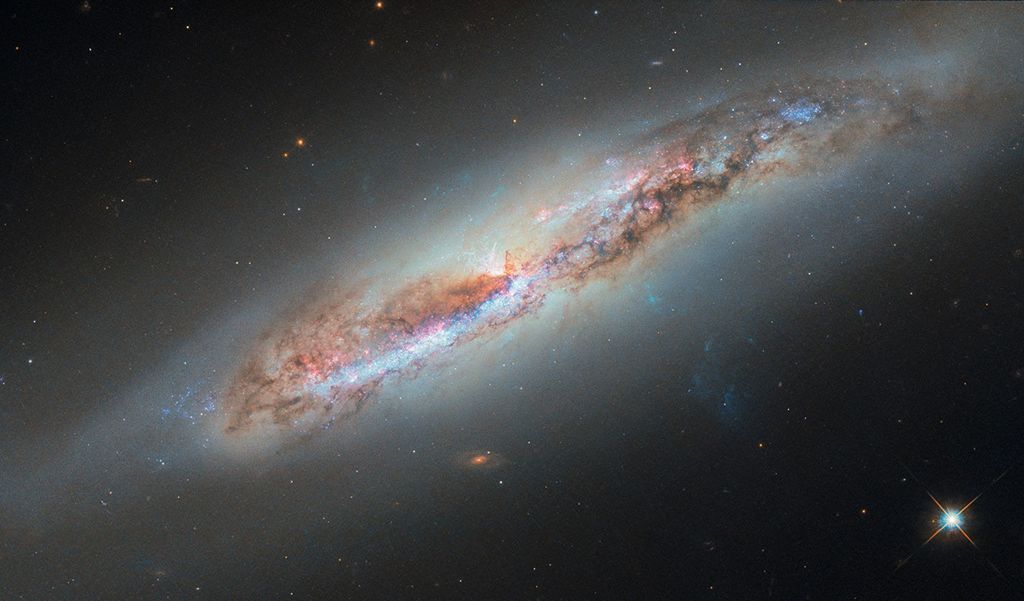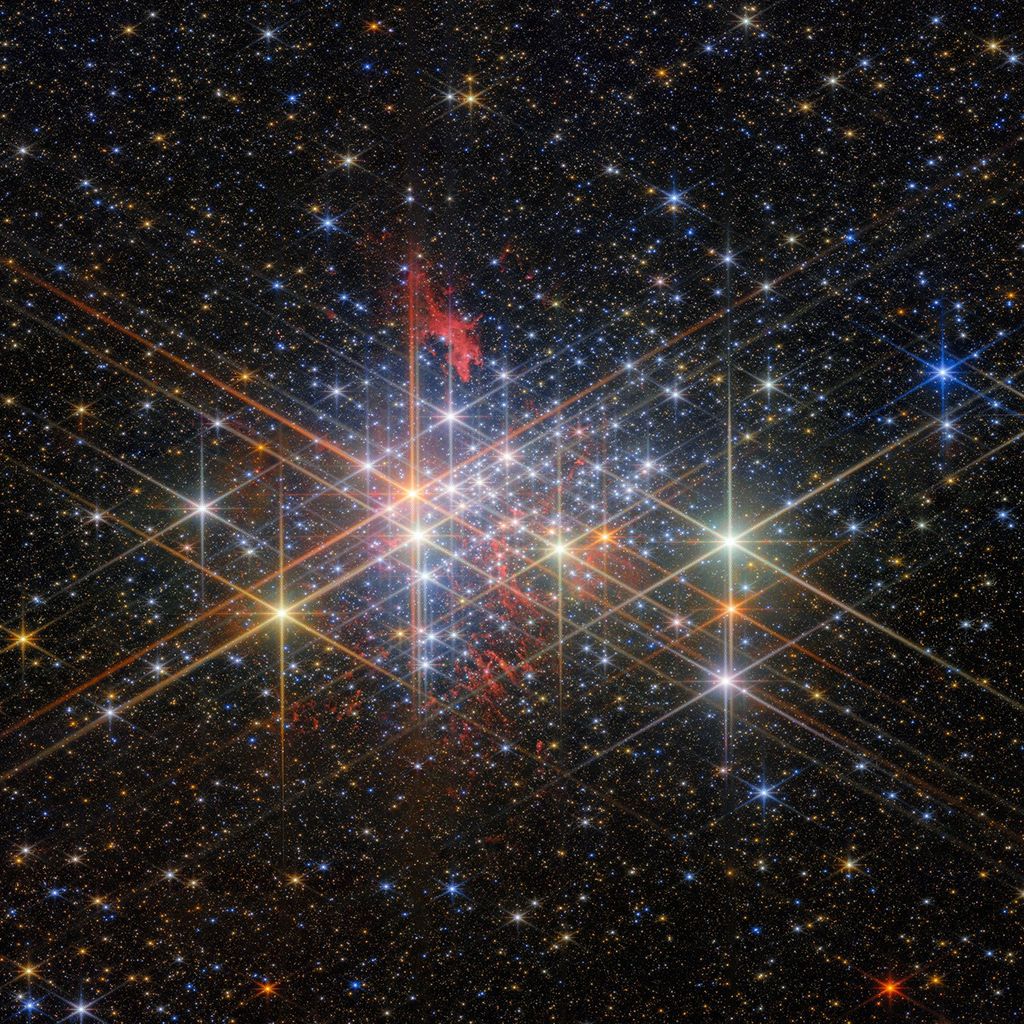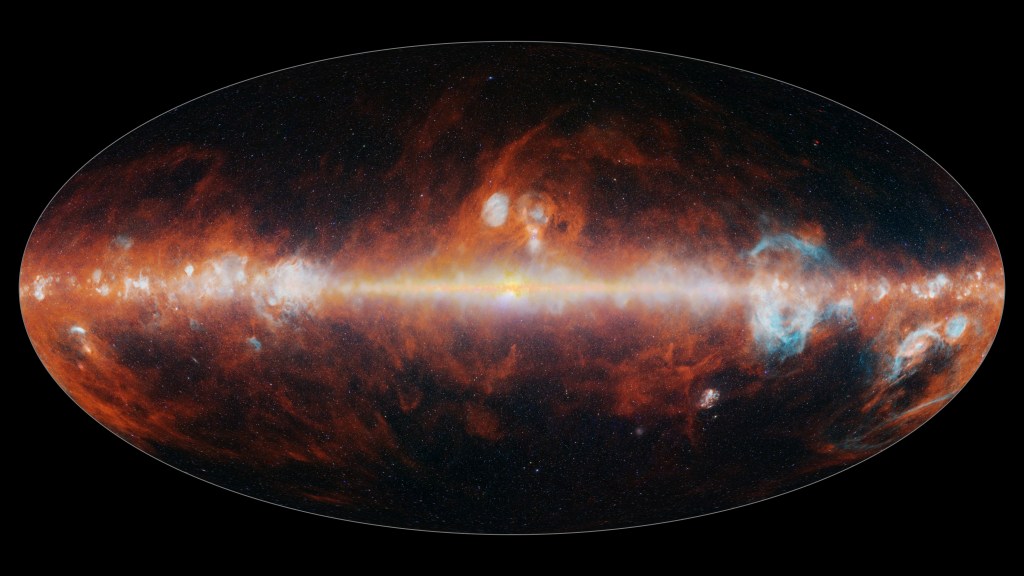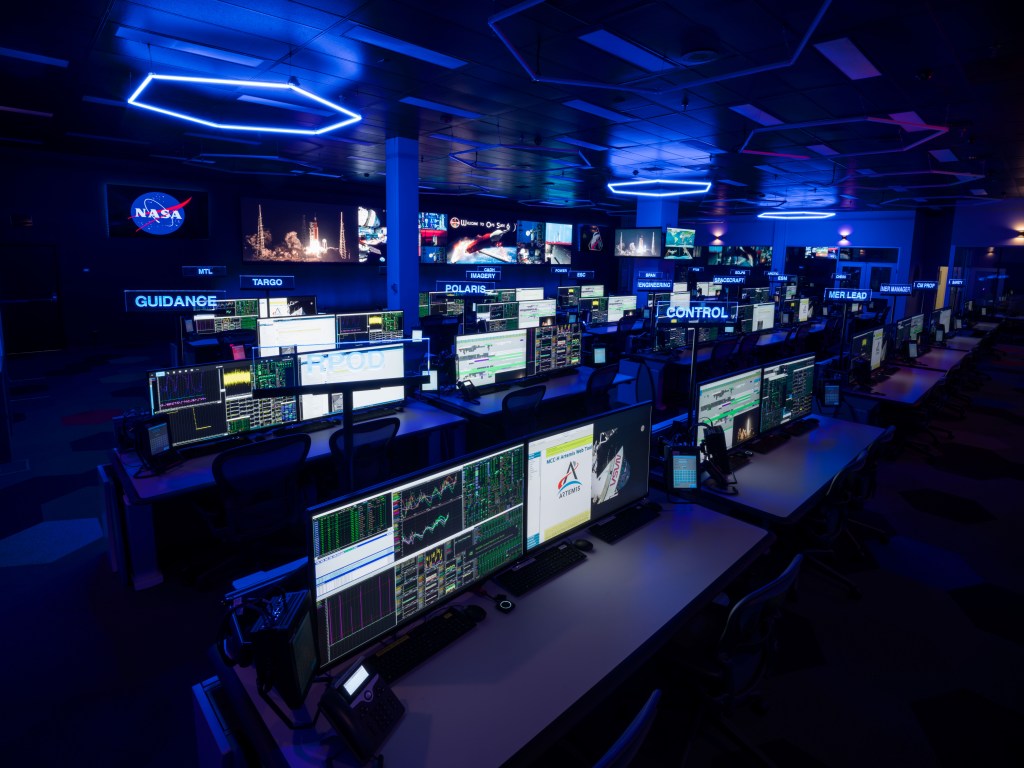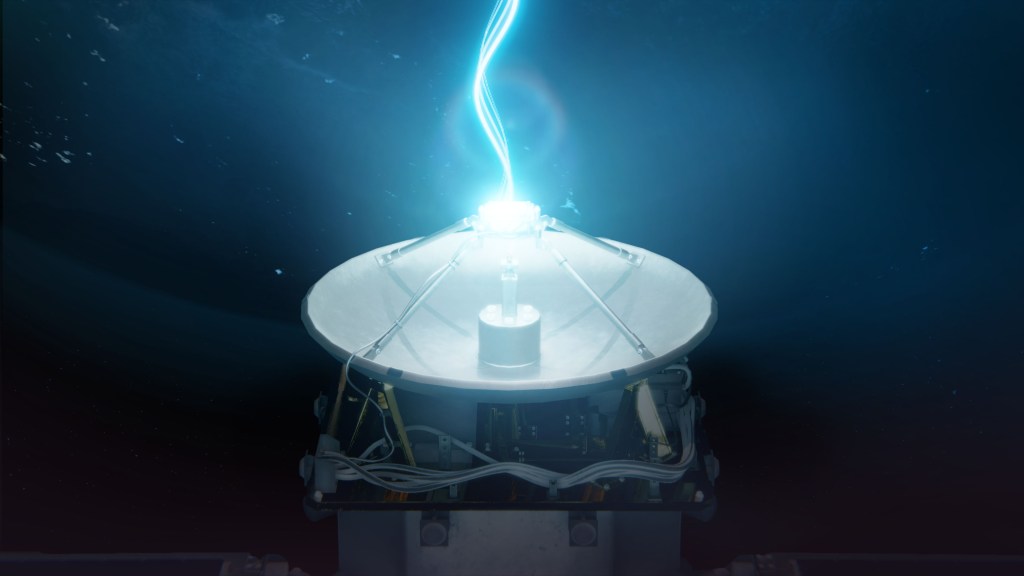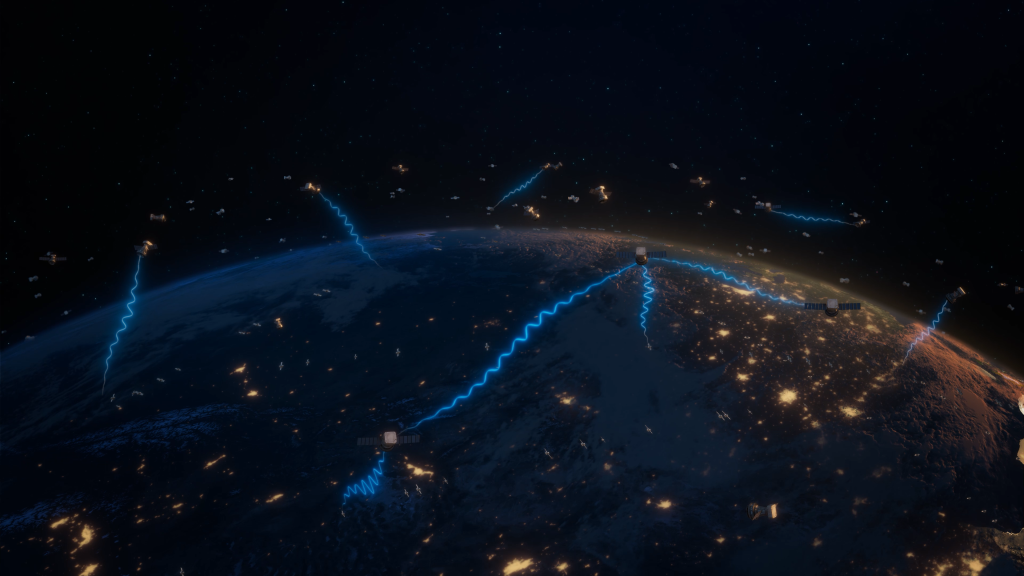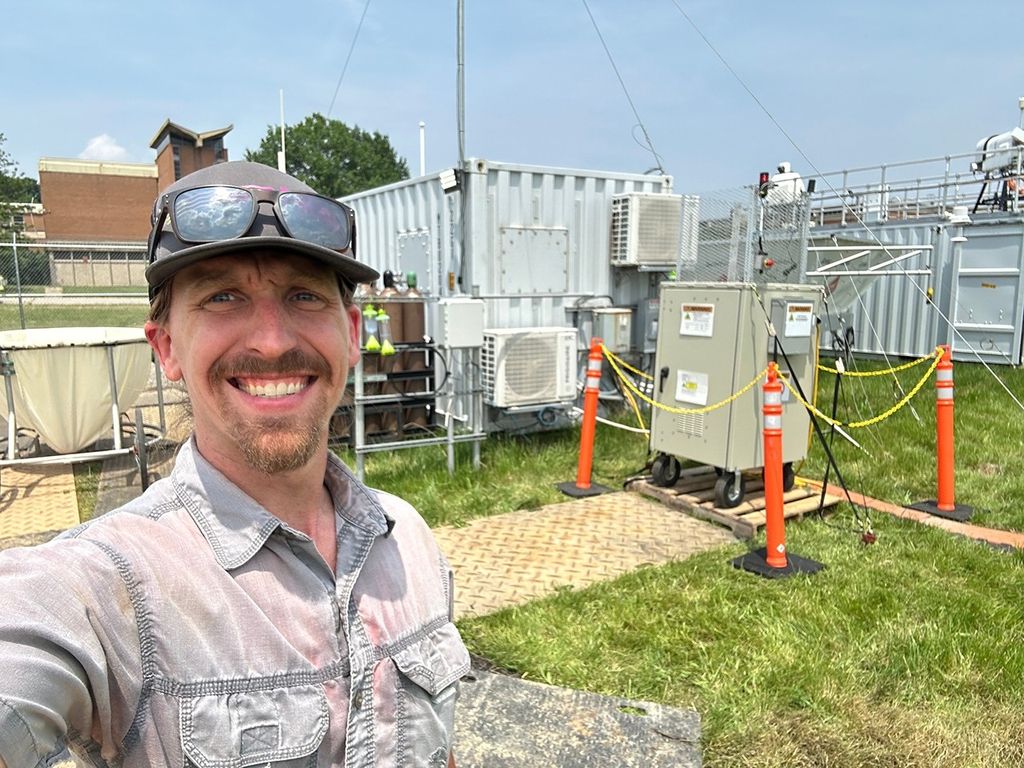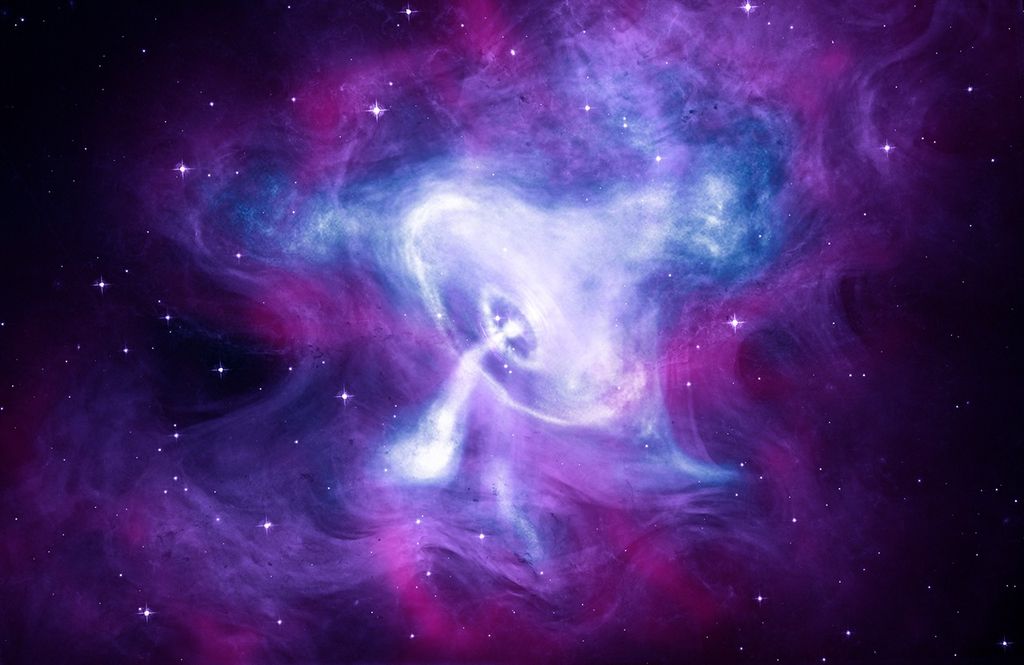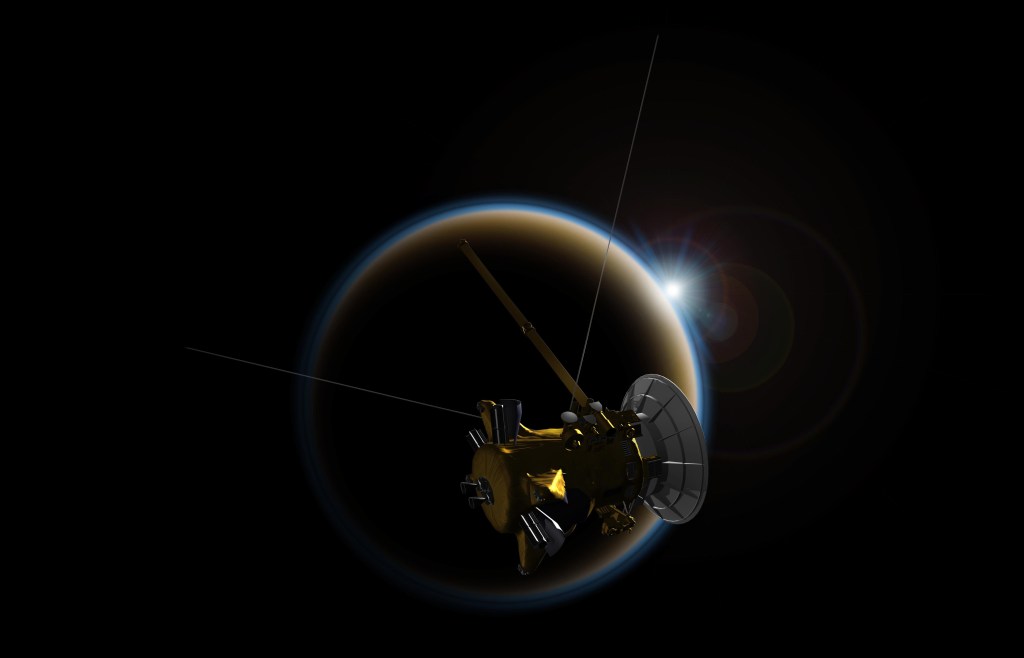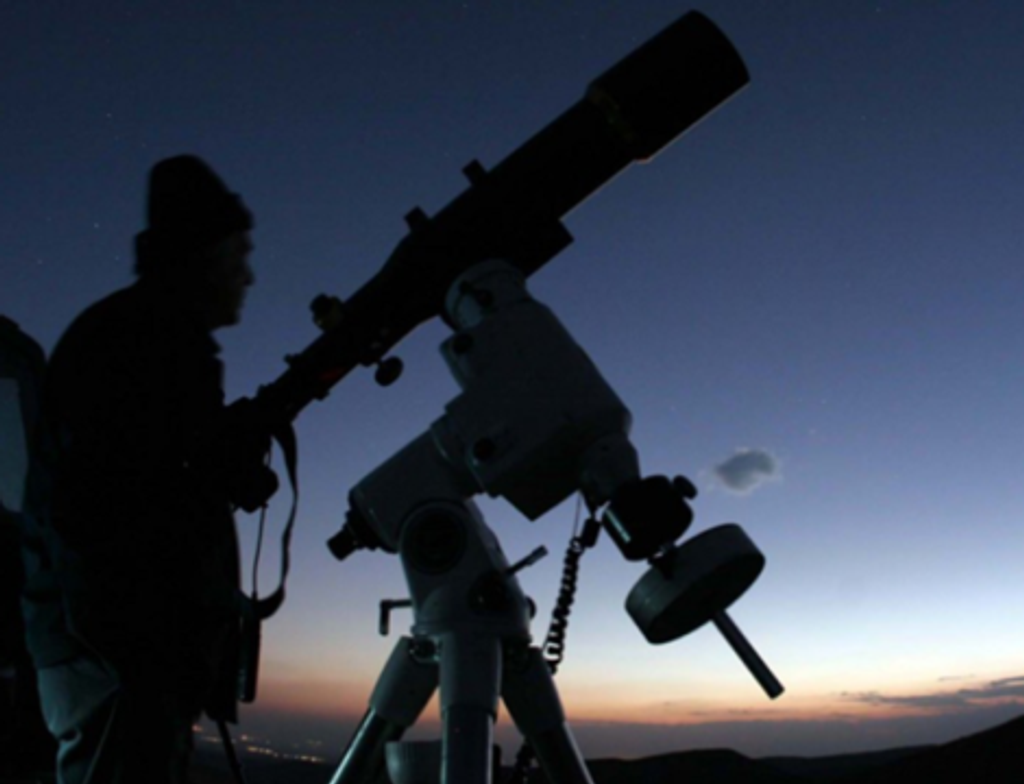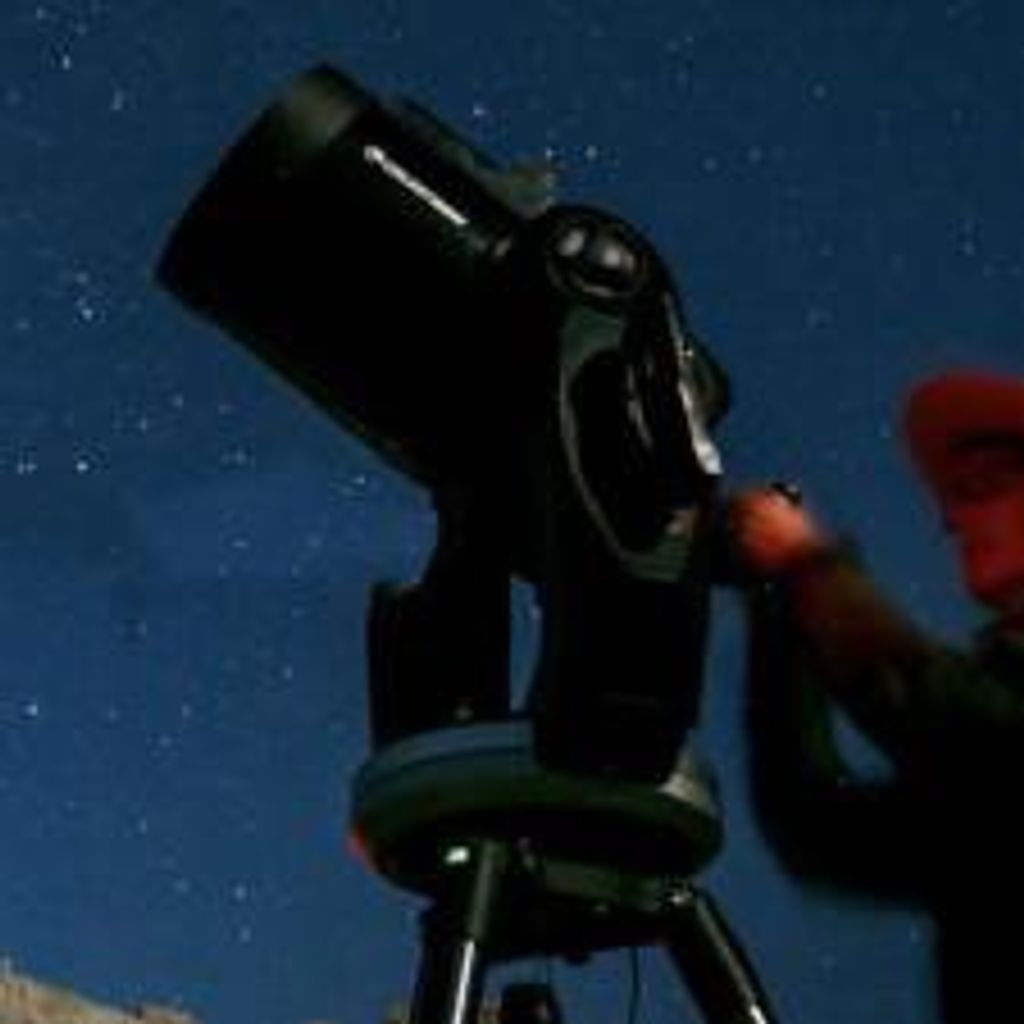The Hubble Space Telescope reached a milestone several years sooner than scientists expected when it snapped its 100,000th exposure June 22. The six-year-old orbiting observatory has averaged 1,389 exposures a month, an amount that would make any photographer envious.
Space Telescope Science Institute officials largely attribute the achievement to better management of telescope observing time. In fact, Hubble has been using its time so wisely that it has posted a 55 percent observing efficiency over the past eight weeks, beating pre-launch expectations by 20 percent.
Without the improved scheduling efficiency, "it would have taken us at least 10 years to reach 100,000 exposures," says Institute Director Robert Williams. "This means that we're putting out more interesting scientific results to more astronomers and to the public.
Adds Peg Stanley, the Institute's head of PRESTO (Project to Re-Engineer Space Telescope Observing): "We're getting more than one and a half times the science we originally anticipated. We're getting more science each orbit and are able to accept larger programs."
Pat Fraher, Head of the Data Systems Division says, "the data resulting from this extremely efficient observation rate are nominally processed by STScI within 48 hours of receipt." Data processing involves data calibration, evaluation and subsequent archiving. The data are then sent to specific astronomers who were awarded observing time, and eventually are made available to researchers worldwide in a data archive. This archive presently contains over 2.5 trillion bytes of Hubble science data stored on 375 optical disks. About 2 Gbytes of data are processed and archived daily.
More than 25 percent of the exposures were spent probing galaxies and galaxy clusters, and another 25 percent on stars and star clusters. The 24-hour observatory has taken images of about 10,000 objects. Hubble's images of galaxies and planets represent a travelogue of exotic celestial places. Jupiter and Saturn top Hubble's favorite target list.
"Achieving 100,000 exposures this soon is really a remarkable achievement," Williams says, "especially when you take into account Hubble's low-Earth orbit and that it cannot observe for about 50 percent of each orbit because of the Earth's occultation (when Earth blocks Hubble's view) and the South Atlantic Anomaly (a high radiation belt through which Hubble cannot observe)."
Stanley - whose group oversees telescope science proposals and selection, flight preparation, and planning and scheduling - cites two examples for the improvement in observing efficiency. In July 1993, scientists began using a second tape recorder aboard the telescope to store science data. With just one science tape recorder, science observations had to be halted every few orbits to download the data. One tape recorder, for example, can store only 10 to 14 images from the Wide Field and Planetary Camera 2.
A second example is the addition of new software in 1995 that allows Hubble to make better use of its observing time for every 96-minute orbit around the Earth. The software allows scientists to obtain more scientific data per orbit.
Before Hubble was launched in space in 1990, scientists had predicted a 35 percent observing efficiency. But the telescope had eclipsed that milestone by posting a 38 percent rating in October 1992, one and one-half years after launch. The percentage has been rising steadily ever since. Last year's average was 47 percent; from January to April of this year, 52 percent.
The highest posting was 74 percent last December when scientists, including Institute Director Williams, used Hubble almost continuously for 10 straight days to obtain a deep view of the universe, called the Hubble Deep Field. Again, planning was the key to success. The Hubble Deep Field science team and PRESTO's planning group worked together to identify the best time and conditions for taking the deep view images.

